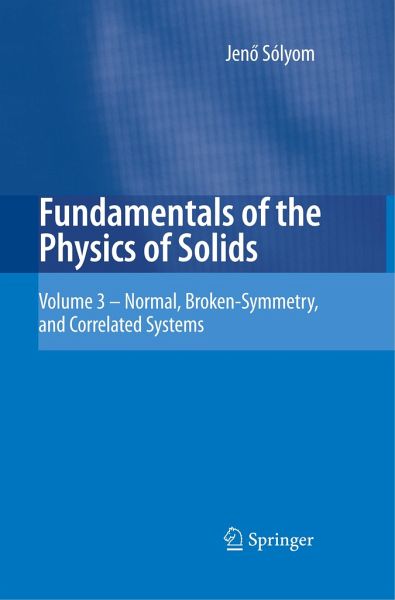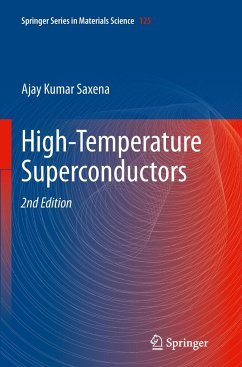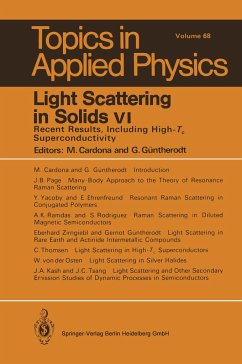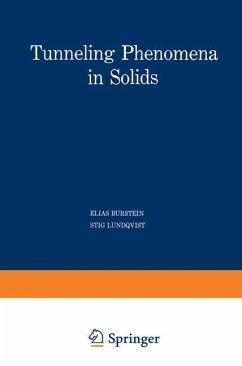
Fundamentals of the Physics of Solids
Volume 3 - Normal, Broken-Symmetry, and Correlated Systems
Versandkostenfrei!
Versandfertig in 6-10 Tagen
228,99 €
inkl. MwSt.
Weitere Ausgaben:

PAYBACK Punkte
114 °P sammeln!
This book is the third of a three-volume series written by the same author. It aims to deliver a comprehensive and self-contained account of the fundamentals of the physics of solids. In the presentation of the properties and experimentally observed phenomena together with the basic concepts and theoretical methods, it goes far beyond most classic texts. The essential features of various experimental techniques are also explained.This volume is devoted mostly to the discussion of the effects of electron-electron interaction beyond the one-electron approximation. The density-functional theory i...
This book is the third of a three-volume series written by the same author. It aims to deliver a comprehensive and self-contained account of the fundamentals of the physics of solids. In the presentation of the properties and experimentally observed phenomena together with the basic concepts and theoretical methods, it goes far beyond most classic texts. The essential features of various experimental techniques are also explained.
This volume is devoted mostly to the discussion of the effects of electron-electron interaction beyond the one-electron approximation. The density-functional theory is introduced to account for correlation effects. The response to external perturbations is discussed in the framework of linear response theory. Landau's Fermi-liquid theory is followed by the theory of Luttinger liquids. The subsequent chapters are devoted to electronic phases with broken symmetry: to itinerant magnetism, to spin- and charge-density waves and their realizations in quasi-one-dimensional materials, as well as to the microscopic theory of superconductivity. An overview is given of the physics of strongly correlated systems. The last chapter covers selected problems in the physics of disordered systems.
This volume is devoted mostly to the discussion of the effects of electron-electron interaction beyond the one-electron approximation. The density-functional theory is introduced to account for correlation effects. The response to external perturbations is discussed in the framework of linear response theory. Landau's Fermi-liquid theory is followed by the theory of Luttinger liquids. The subsequent chapters are devoted to electronic phases with broken symmetry: to itinerant magnetism, to spin- and charge-density waves and their realizations in quasi-one-dimensional materials, as well as to the microscopic theory of superconductivity. An overview is given of the physics of strongly correlated systems. The last chapter covers selected problems in the physics of disordered systems.













